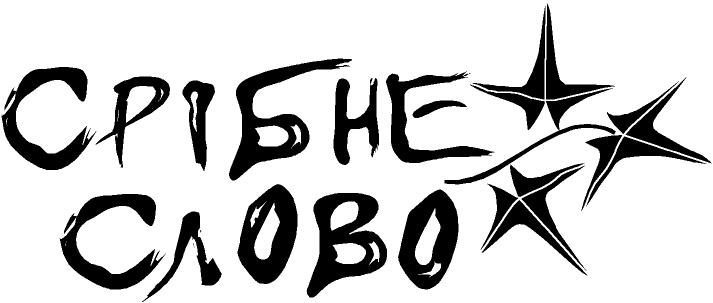- Рубрики
- Філософія, психологія, педагогіка
- Історія
- Політика, право
- Економіка
- Математика
- Фізика
- Хімія, хімічна технологія
- Біологія, валеологія
- Геодезія, картографія
- Загальнотехнічні науки
- ІТ, комп'ютери
- Автоматика, радіоелектроніка, телекомунікації
- Електроенергетика, електромеханіка
- Приладо-, машинобудування, транспорт
- Будівництво
- Архітектура, містобудування
- Мовознавство
- Художня література
- Мистецтвознавство
- Словники, енциклопедії, довідники
- Журнал "Львівська політехніка"
- Збірники тестових завдань
- Книжкові видання
- Наукова періодика
- Фірмова продукція
Прокопенко І. В., Босак А. О. Сутність і структура інтелектуального капіталу підприємств
УДК 005.336.4
І. В. Прокопенко, А. О. Босак
Національний університет “Львівська політехніка”
СУТНІСТЬ І СТРУКТУРА
ІНТЕЛЕКТУАЛЬНОГО КАПІТАЛУ ПІДПРИЄМСТВ
© Прокопенко І. В., Босак А. О., 2016
Визначено сутнісні ознаки інтелектуального капіталу та описано різні типології його структурних елементів. У хронологічному порядку досліджено еволюцію та особливості формування терміна “інтелектуальний капітал” і суміжних до нього понять (нематеріальні активи, інтелектуальні активи, знання, капітал). Сформовано співвід¬ношення понять і взаємозв’язків структурних елементів інтелектуального капіталу. Проаналізовано підходи до формування структури інтелектуального капіталу (струк¬тур¬ний, функціональний і термінологічний), виявлено принципові розбіжності у тракту¬ванні змістовного наповнення його складових та їх елементів.
Ключові слова: інтелектуальний капітал, типологія структурних елементів інтелек¬туального капіталу, інтелектуальні активи, інтелектуальна власність, знання.
I. V. Prokopenko, A. O. Bosak
Lviv Polytechnic National University
ESSENTIALLY AND STRUCTURE OF INTELLECTUAL
© Prokopenko I. V., Bosak A. O., 2016
Intellectual capital (IC) has many different interpretations and ambiguities in defining its essential features, structure and properties. With increasing popularity of the IC management concept, many speculations on this topic appeared. Much businesses, begun racing one another to offer their services of evaluation of IC value, intangible assets, and companies' brands and trademarks while using mostly intuitive, and somewhere amateur or even fraudulent methods. For need of IC evaluation and its commercialization, it is critically important to clearly identify its components and describe their content. Further this typology will allow forming the system of IC evaluation indicators and methods of its regulation.
In order to specify the concept of IC and formalize its structural elements, in this article are completed next tasks: examined existed definitions of IC and discovered their essential features; examined related to the IC concepts and identified their essential features in order to clearly differentiate them from IC; built a model of intercommunications of IC essential features and related to IC concepts; analyzed IC structural elements by various authors’ approaches and formed an own typology of these elements; formalized the description of IC structured elements.
In the article are analyzed essential features of “intangible assets”, “intelligence”, “intellectual assets”, “intellectual property”, “knowledge”, and “capital” concepts. Based on comparative analysis of essential features, methods and context of these terms usage, their relation to IC has been established and a model of connections among separate essential features of described terms has been developed.
When analyzing works of prominent experts in the IC field, two positions regarding correlation between “intellectual capital” and “intellectual assets” concepts clearly stand out. Many scientists who stood near origins of IC identification and management equate IC
with intellectual and intangible assets (Karl-Erik Sveiby, J. H. Daum, Leif Edvinsson, Michael S. Malone, Annie Brooking) as these terms denote all intangible an organization has. Instead, other authors (Thomas A. Stewart, Michael Armstrong, A. V. Kendyukhov, W. Barancheev, O. M. Kolot) separate intellectual assets from intellectual capital, arguing that capital can be interpreted as ownership of assets and it is a higher form of economic performance than assets.
More than 40 definitions of IC are reviewed in this article and the main essential feature has been selected for each of those definitions, which if examined, can fully explain content enclosed in the definition by author. There have been discovered only three of such essential features: intangible assets, knowledge and information, and intellectual resources.
According to results of conducted research and own vision of current state and development prospects of IC, we believe that this term can be fully defined from structural-functional approach point of view. IC is a result of intellectual work in form of intellectual resources and intellectual products, values of which can create additional value through commercialization of structural, consumer, and human capitals.
IC structure is a subject of controversy among many experts, but most of them agree to the fact that there are three related elements: structural, consumer, and human capitals. However, content and accentuation significantly varies from one researcher to another. This article carries out comparative analysis of various structural elements of IC and describes key trends of their development, and contradictions of its contextual content.
Key words: intellectual capital, typology of structural elements of intellectual capital, intellectual assets, intellectual property, knowledge.
Література – 42



















